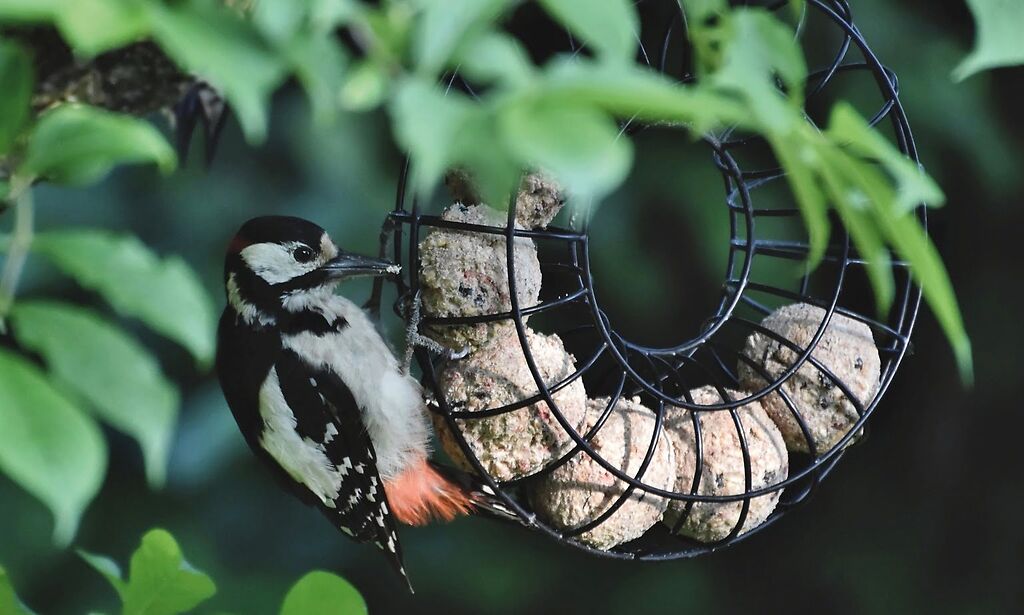Woodpecker Trapping

Once upon a time, homeowners would have relied upon a bird-house style trap for pest birds such as woodpeckers, often built with a trap inside that is similar to a mouse trap. The idea is, the bird goes into the house to get to the food (bait) and ends up getting trapped by the mouse trap. Sadly, as much as you may feel that this solves the problem, it is unlawful to trap and kill woodpeckers in this way. This isn’t just at a State level either, the woodpeckers are actually covered by the federal migratory bird protection act too, so if you are caught ‘in the act,' you will face a lot of trouble because of it.
There are believed to be over three hundred different kinds of woodpeckers around the globe, but only 22 of those different species reside within the United States. A couple of those birds are actually on the endangered list, giving them extra layers of law-protection, and these are the ivory-billed woodpecker, and the red-cockaded woodpecker. You would have once found the latter in North America, starting in the Southeast (Maryland, New Jersey and Florida), right through to the more inland spots, including Tennessee, Missouri, and Kentucky. In four of these places, however, the red-cockaded woodpecker is actually classed as ‘extinct,' meaning they no longer live in those states.
The ivory-billed woodpecker is one of the largest woodpeckers in the US, and also around the globe too, with a wingspan of over 30 inches, also sitting at over 20 inches in length. Forestation has destroyed this bird’s habitat, as well as the global population of the animal. It is thought that few forests exist today that could easily support these ivory-billed beauties. Since the 1940s, there have only been reports of these creatures still existing, with no definitive proof. This beautiful bird is teetering between ‘critically endangered’ and actually ‘EXTINCT’.
Disappointingly, this is OUR doing.
These birds, although considered a pest to homeowners, are not only aesthetically pleasing animals to have in the local environment, but also provide many benefits. These are just two of the reasons why they are covered by the migratory bird act on a federal level, and have been since the early part of the 1900s. As a general rule, you will only be able to kill a woodpecker if you have a specific permit to allow you to do so. If you don't have a permit, you shouldn’t attempt to kill, or even trap a wild woodpecker. Nest destruction and lethal control measures are mostly looked down upon, and permits are only handed out with justifiable reasoning behind them. The average homeowner with a couple of noisy woodpeckers hanging around generally isn’t a good enough reason.
Trapping often goes wrong.
One of the biggest reasons for this is because homeowners just don't know what to do with the bird after it has been successfully captured. You now have a bird in a trap, and you're not allowed to kill it unless you have a permit, which are more than likely not going to be approved for, because the birds are covered for federal laws … Do you see the problem you are faced with here? And this is a problem that gets all the more difficult when you take into account that you can't just release a woodpecker back into the wild either. You can't keep the woodpecker as a pet, because it’s a wild animal, and also comes with its fair share of disadvantages on a pet level. The feces are dangerous and plentiful, and that's before you speak of diseases that are often spread by many wild animals, birds (such as woodpeckers) included.
Woodpecker trapping is, in fact, a very bad idea. There are other MUCH BETTER methods to remove pest woodpeckers from your yard, and we would recommend that you take a peek at these instead.
